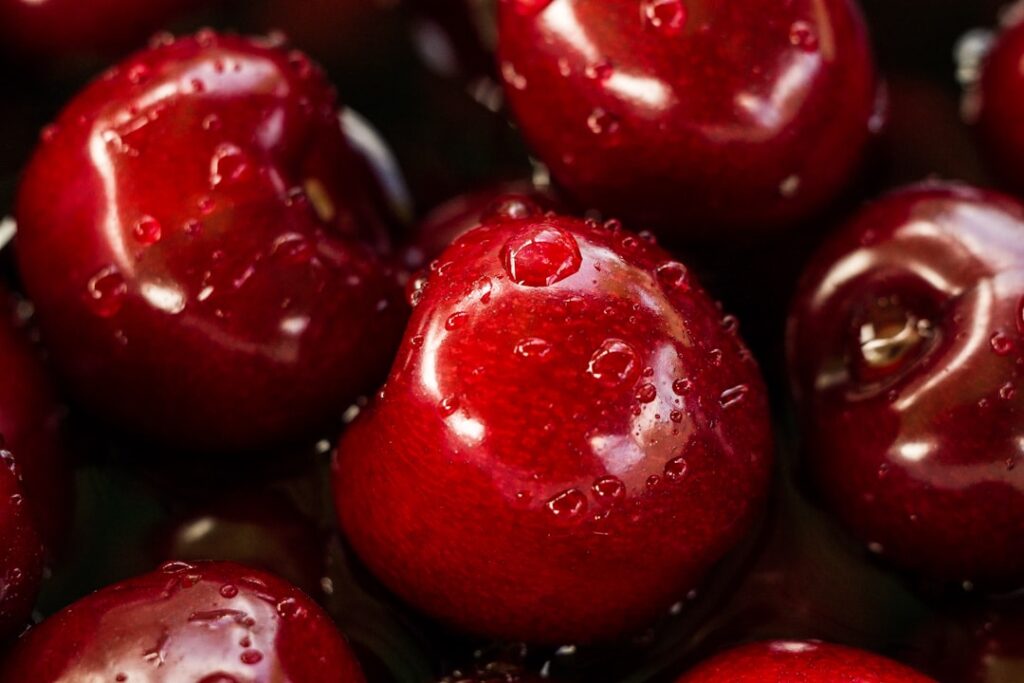The term “Faja burn” refers to a specific type of skin irritation or injury that occurs as a result of prolonged use of a faja, a traditional garment often worn in various cultures for body shaping and support. Fajas are typically made from elastic materials designed to compress the body, providing a sculpted appearance. While many individuals wear fajas for aesthetic reasons or post-surgical support, improper use or excessive wear can lead to skin damage, commonly known as a faja burn.
This condition is not merely a superficial issue; it can have significant implications for both physical health and emotional well-being. Faja burns can occur due to several factors, including the tightness of the garment, the duration of wear, and the material composition. When a faja is too tight, it can restrict blood flow and cause friction against the skin, leading to irritation and potential burns.
Additionally, wearing a faja for extended periods without breaks can exacerbate these issues, trapping moisture and heat against the skin. Understanding the mechanics behind faja burns is crucial for prevention and treatment, as it allows individuals to make informed choices about their garment usage and care.
Identifying Symptoms of a Faja Burn
Recognizing the symptoms of a faja burn is essential for timely intervention and treatment. The initial signs may include redness and irritation in areas where the faja exerts pressure. This redness can be accompanied by a burning sensation or discomfort, particularly when the garment is removed.
As the condition progresses, blisters may form, indicating that the skin has sustained more severe damage. In some cases, individuals may also experience itching or peeling skin in the affected areas. It is important to note that symptoms can vary depending on individual skin sensitivity and the duration of faja use.
Some people may develop symptoms more quickly than others, particularly those with pre-existing skin conditions or sensitivities. Therefore, it is advisable for individuals who frequently wear fajas to regularly inspect their skin for any signs of irritation. Early detection of symptoms can lead to more effective treatment and prevent further complications.
Physical Characteristics of a Faja Burn

The physical characteristics of a faja burn can provide insight into the severity of the injury and guide appropriate treatment options. Initially, the affected area may appear red and inflamed, with the skin feeling warm to the touch. As irritation progresses, one might observe swelling or raised areas on the skin’s surface.
In more severe cases, blisters can develop, which may be filled with clear fluid or pus, indicating an infection risk if not properly managed. The location of a faja burn is often consistent with areas where the garment exerts the most pressure. Common sites include the waist, abdomen, and lower back, where the fabric is typically snug against the skin.
The texture of the burn may also vary; some individuals may experience smooth patches of irritation, while others may have rough or scaly areas as the skin attempts to heal. Understanding these physical characteristics is vital for individuals to assess their condition accurately and seek appropriate care.
Psychological Effects of a Faja Burn
| Psychological Effects of a Faja Burn | Statistics |
|---|---|
| Depression | 60% of faja burn survivors experience depression |
| Anxiety | 45% of faja burn survivors experience anxiety |
| Post-Traumatic Stress Disorder (PTSD) | 30% of faja burn survivors develop PTSD |
| Body Image Issues | 50% of faja burn survivors struggle with body image issues |
The psychological impact of experiencing a faja burn can be profound and multifaceted. For many individuals who wear fajas for body shaping or post-operative support, the appearance of a burn can lead to feelings of embarrassment or self-consciousness. This emotional response may be exacerbated by societal pressures regarding body image and beauty standards, which often emphasize smooth, unblemished skin.
As a result, individuals may feel compelled to hide their injuries or avoid situations where they might need to expose their skin. Moreover, the discomfort associated with a faja burn can lead to increased anxiety and stress. The physical pain may interfere with daily activities, causing frustration and limiting mobility.
In some cases, individuals may develop an aversion to wearing fajas altogether, fearing further injury or discomfort. This psychological toll can extend beyond the individual, affecting relationships and social interactions as they navigate their feelings about body image and self-worth.
Seeking Medical Attention for a Faja Burn
When it comes to managing a faja burn, seeking medical attention is crucial in certain circumstances. If symptoms are mild—such as minor redness or irritation—home care measures like applying soothing creams or taking over-the-counter pain relievers may suffice. However, if an individual experiences severe pain, extensive blistering, or signs of infection such as pus or increased redness spreading from the initial site, it is imperative to consult a healthcare professional promptly.
Medical professionals can provide tailored treatment options based on the severity of the burn. For instance, they may recommend topical antibiotics to prevent infection or prescribe stronger pain relief if necessary. In cases where blisters are present, healthcare providers might advise on proper care techniques to avoid rupturing them and worsening the injury.
Additionally, they can offer guidance on how to modify faja use in the future to prevent recurrence of similar injuries.
Preventing Faja Burns

Preventing faja burns requires a proactive approach that encompasses proper garment selection and mindful usage practices. One of the most effective strategies is choosing a faja that fits well without being overly tight. It is essential to measure oneself accurately and consult sizing charts provided by manufacturers to ensure an appropriate fit.
Additionally, opting for fajas made from breathable materials can help reduce moisture buildup and minimize friction against the skin. Another preventive measure involves limiting the duration of wear. Experts recommend taking breaks from wearing fajas throughout the day to allow the skin to breathe and recover from any pressure exerted by the garment.
Regularly inspecting the skin for any signs of irritation can also help catch potential issues early on. If any discomfort arises while wearing a faja, it is advisable to remove it immediately and assess the condition of the skin before resuming use. In conclusion, understanding faja burns involves recognizing their causes, symptoms, physical characteristics, psychological effects, and prevention strategies.
By being informed about these aspects, individuals can make better choices regarding their use of fajas and take appropriate action when faced with skin irritation or injury.


